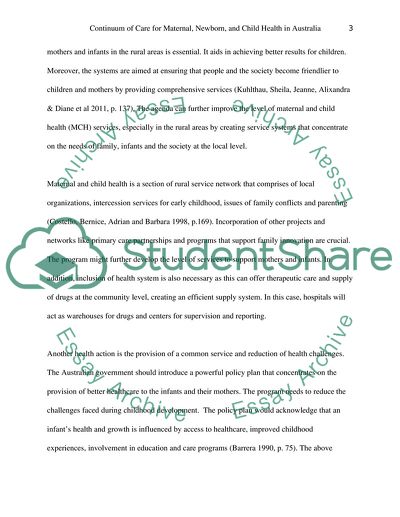Cite this document
(Maternal and Child Health Service in Australia Case Study, n.d.)
Maternal and Child Health Service in Australia Case Study. Retrieved from https://studentshare.org/health-sciences-medicine/1674109-continuum-of-care-for-maternal-newborn-and-child-health-in-australia
Maternal and Child Health Service in Australia Case Study. Retrieved from https://studentshare.org/health-sciences-medicine/1674109-continuum-of-care-for-maternal-newborn-and-child-health-in-australia
(Maternal and Child Health Service in Australia Case Study)
Maternal and Child Health Service in Australia Case Study. https://studentshare.org/health-sciences-medicine/1674109-continuum-of-care-for-maternal-newborn-and-child-health-in-australia.
Maternal and Child Health Service in Australia Case Study. https://studentshare.org/health-sciences-medicine/1674109-continuum-of-care-for-maternal-newborn-and-child-health-in-australia.
“Maternal and Child Health Service in Australia Case Study”, n.d. https://studentshare.org/health-sciences-medicine/1674109-continuum-of-care-for-maternal-newborn-and-child-health-in-australia.


